In assembling sheet metal parts, people may mix riveted vs welded connections, because they don't have detailed insights into their respective advantages, disadvantages, and applications between riveting and welding. In this blog, we aim to bring clarity to such queries by demystifying riveting and welding and providing you with a comprehensive understanding. Whether you’re an industry professional or an enthusiast in the manufacturing sector, you know how to choose both of them after reading.
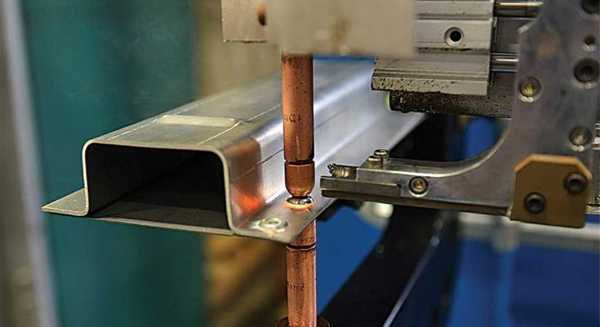
A rivet is a mechanical fastening device utilized in the process of riveting. It consists of a metal pin characterized by a head on one end and a cylindrical tail on the other. During riveting, the rivet is inserted through the holes in overlapping workpieces, and the tail is deformed (usually with the aid of a rivet gun or specialized tool) to create a strong joint.
Riveting is a distinct method of joining metals that differs from welding.
To ensure a secure fastening, the tail of the rivet needs to be deformed when it is inserted into the hole. This causes it to expand and tightly lock into place, resulting in a semi-permanent bond between the metal pieces. This process is repeated along a joint to meet the strength requirements of a given project.
Riveting is the act of connecting two or more metal pieces (or other materials) using a rivet, which is commonly a compact metal pin or bolt. The procedure involves a series of steps:
1. Holes are drilled or punched through the components that require joining.
2. The rivet is inserted into these holes.
3. The portion of the rivet that extends out (referred to as the tail) is deformed or upset to establish a lasting connection. This step can be accomplished either manually using a hammer or by employing a riveting machine.
Rivet's joints are created when a rivet is inserted into a drilled hole in two sheet metal components. Nevertheless, there are three main categories of riveted joints.
Solid Rivet
Made from solid material and requires the tail to be deformed during installation. Commonly used in aircraft and structural applications.
Blind Rivet
This can be installed from one side and typically includes a mandrel. Ideal for areas that are difficult to access, and commonly used in automotive applications.
Semi-tubular Rivet
Features a hollowed end that is rolled over to join the materials together. Suitable for tasks such as leatherwork and joining lighter metals.
One of the major benefits of riveting is that it allows for joining two parts made of different materials. Whether it's aluminum to steel or stainless to galvanized, riveting can handle it without any problems. The most commonly used rivets for precision sheet metal assemblies and part joints are known as POP rivets or blind rivets. As long as you can access one side of the hole with the rivet installation tool, you're good to go.
Another advantage of riveting in sheet metal is its speed. Installing rivets is a quick and easy process, and there's no need for any additional cleanup work afterward. Riveting is even faster than using screws and nuts to secure a joint, especially when a permanent bond is desired.
Rivets offer speed in joining components, but if you desire a concealed connection, they may not be the best option. Rivets will always be visible no matter what measures you take, even when using countersunk rivets that still protrude slightly from the surface. Some designers may find this aesthetically undesirable.
Another consideration with rivets is the placement of the holes for two reasons. Firstly, for structural integrity, the hole must be set at a sufficient distance from the edge of the part. Secondly, there needs to be enough space to accommodate the rivet tool, especially in interior placements. In certain cases, additional material may need to be added to reinforce the riveted joint.
Finally, it is important to note that riveting generally provides less strength compared to welding. If the two parts need to withstand forces that could potentially separate them, riveted joints are more prone to failure compared to a properly welded joint.
Unlike riveting, welding is a process of fusion where the primary materials are melted and typically combined with a filler material to create a joint. When performed correctly, the resulting bond often exhibits strength that is comparable, or even superior, to the material being joined. With its origins dating back to ancient civilizations, welding has served as a crucial adhesive for various applications spanning from medieval weaponry to modern skyscrapers.
Welding entails the technique of joining metals (or thermoplastics) by melting their edges and introducing a filler material that solidifies upon cooling, creating a strong bond between the base materials. The process involves utilizing a power source to generate sufficient heat.
There are many welding processes you can use to join two sheet metal parts together. Here are the common methods:
MIG welding involves using a continuous feed of consumable wire electrodes as the filler metal. An electric current creates an arc between the electrode and the base metal, melting them into a weld puddle. Inert or semi-inert gases protect the weld from oxidation. MIG welding is suitable for larger and thicker pieces.
TIG Welding
TIG welding uses a non-consumable tungsten electrode and requires manual feeding of filler metal. This allows for greater control over the weld puddle, resulting in high-quality and visually appealing welds. TIG welding produces stronger joints and is suitable for thinner sheet metal gauges but is slower and more expensive.
Laser Beam Welding
Laser beam welding utilizes a laser beam to melt and fuse the metals. It offers high speed and precision, making it ideal for mass production lines where complex and accurate welds are required.
Gas Welding
Gas welding involves using an oxyacetylene torch to heat the base metals near their melting point. A filler metal is added to create the welded joint. Gas welding is versatile and suitable for various metals but is comparatively slower and has limitations in reaching high temperatures.
One of the main advantages of welding is that it creates strong and durable joints. Welding allows for the permanent fusion of materials, resulting in a solid and reliable bond. It is capable of joining different types of materials, including similar and dissimilar metals, providing versatility in various applications. Additionally, welded joints often have a visually pleasing appearance, as the welds can be ground and polished to achieve a smooth and seamless surface. The flexibility of welding also allows for the creation of complex shapes and designs, offering greater design freedom compared to other joining methods.
While welding can produce visually appealing results, it can also be a time-consuming process. Achieving successful welds demands a high level of skill, which can lead to increased costs and longer production times for parts or assemblies.
Another limitation is that the heat involved in welding can cause distortion and discoloration of thin metal surfaces. Furthermore, welding necessitates thorough surface preparation before welding and post-weld cleanup, contributing to extended lead times. Additionally, welding requires the expertise of a skilled welder to ensure proper execution.
Both riveting and welding are essential processes for joining metal, but it is crucial to understand the fundamental differences between the two to make informed decisions when selecting the most suitable method for specific projects. Let’s navigate through these differences to gain a holistic perspective.
1. Core Mechanism
Riveting is a mechanical method of joining where holes are made in the pieces to be joined, and rivets are inserted into these holes. The rivets are deformed, typically at the tail end, creating a secure bond between the materials.
Welding, on the other hand, is a fusion process that involves heating the materials to be joined until they become molten. In some cases, a filler material is added, which solidifies upon cooling and forms a strong bond between the base materials.
2. Flexibility and Movement
Riveted joints offer a certain level of flexibility and movement, which can be advantageous in structures where slight flexing is desired, such as certain types of aircraft designs.
In contrast, welded joints tend to be more rigid and less flexible. They are suitable for applications where rigidity is of utmost importance and movement needs to be minimized.
3. Longevity and Durability
Over time, rivets may experience loosening, particularly if subjected to continuous vibration or dynamic loads. Nevertheless, when installed properly and under suitable conditions, rivets remain durable and can endure for many decades.
A well-executed weld has the potential to outlast the materials it joins. Since there are no physical components like rivets involved, there is less susceptible to "wear out." However, it should be noted that inadequately executed welds can become weak points and prone to failure.
4. Repair and Maintenance
Inspecting riveted joints is relatively straightforward. If a rivet fails, it can generally be removed by drilling it out and replaced without affecting the surrounding rivets.
In contrast, inspecting welds may necessitate specialized techniques such as ultrasonic testing. Repairing a defective weld can be more complex, often requiring grinding down the old weld and redoing the welding process.
5. Application Suitability
Riveting has a long-standing tradition in the construction field, particularly for projects involving large-scale structures like ships, bridges, and certain aircraft components. Its popularity stems from its capability to allow for a degree of movement and flexibility between the joined parts, which can be advantageous in these applications.
Welding, on the other hand, finds versatile use across various industries, ranging from automotive assembly lines to the creation of intricate jewelry designs. Its widespread applicability can be attributed to its exceptional ability to create robust and seamless joints, making it suitable for a wide range of projects.
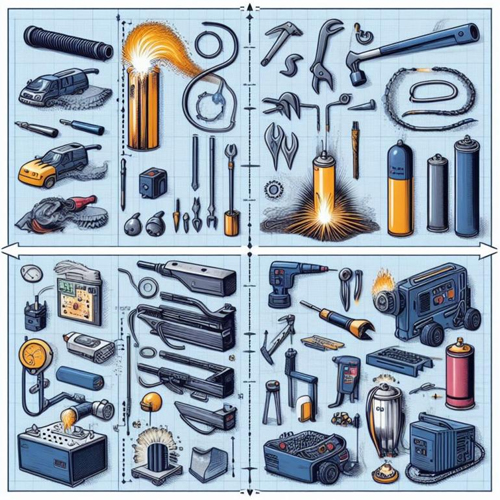
Both welding and riveting are practical and effective methods for joining metals. However, determining which method is more suitable for your project depends on specific factors.
Welding may be the better choice for your project if:
A permanent and secure bond between metals is.
A tightly sealed joint is required to needed prevent the passage of liquids, solids, or gas.
The project has high structural significance, such as a component in a vehicle, a heavily loaded structure, or even a household gate.
Aesthetics and appearance are crucial considerations.
On the other hand, riveting might be preferable when:
Cost and time savings are paramount, particularly in projects of lower structural importance.
The ability to disassemble the joint in the future is necessary.
Thin metals are being used for the joint.
Different metals need to be joined, with strength being a less critical factor.
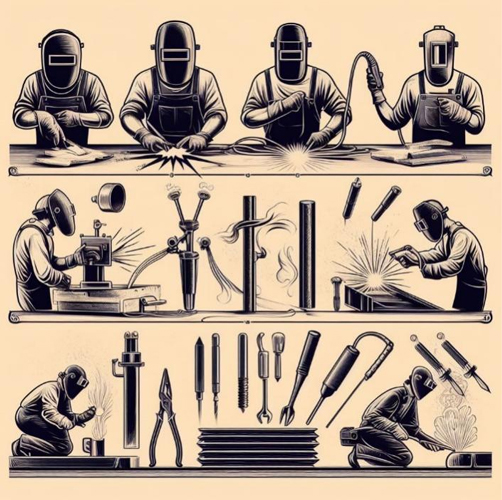
When it comes to professional and state-of-the-art metal joining solutions, Richconn stands as an industry leader, offering high-quality welding and riveting services tailored to clients’ unique needs.
Richconn offers a comprehensive range of metal joining services, including welding and riveting. Richconn’s team of highly-trained professionals provides consultations to help clients choose the best method for their projects. We provide high-quality and precise welding and riveting services using state-of-the-art facilities at a competitive price and adopt sustainable methods to reduce energy consumption and waste production.
Besides, to guarantee every joint meets the highest standards of quality and durability, Richconn implements advanced inspection tools and techniques.
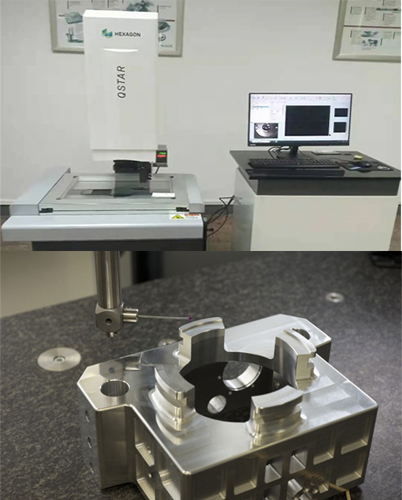
When it comes to joining sheet metal parts, there are numerous methods available. However, two of the most commonly used methods are welding and riveting. Each method has its own unique processes, advantages, and disadvantages, which can make the decision-making process challenging.
While this article aimed to provide an overview of the differences between welding and riveting, it is important to note that seeking expert advice may be beneficial in determining the most suitable method for your specific project. If you have any questions or need assistance in choosing or utilizing welding or riveting, please do not hesitate to contact us at Richconn. Our team of professionals will be able to provide you with expert guidance and advice.
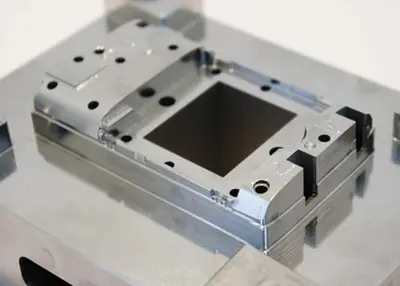 Rubber mold customization:know everything about design, material selection and manufacturingDecember 18, 2023Introduction:Custom rubber mold making is a complex process that involves issues such as design, materials, manufacturing, inspection, production, maintenance, and so on. The aim of this article is to...view
Rubber mold customization:know everything about design, material selection and manufacturingDecember 18, 2023Introduction:Custom rubber mold making is a complex process that involves issues such as design, materials, manufacturing, inspection, production, maintenance, and so on. The aim of this article is to...view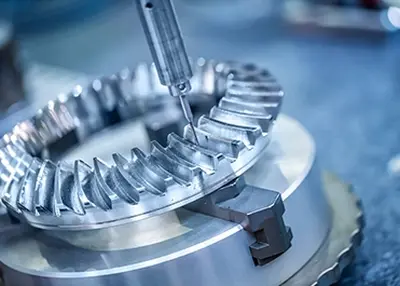 How Many Types of Gears Are There? What Common Materials Are Suitable for Making Gears?October 26, 2023Gears are mechanical parts with teeth that can mesh with each other, and they are widely used in mechanical transmission and the whole mechanical field. There are many types of gears, mainly reclusive gear axis classification, generally divided into parallel shaft, intersecting shaft and staggered shaft three types.view
How Many Types of Gears Are There? What Common Materials Are Suitable for Making Gears?October 26, 2023Gears are mechanical parts with teeth that can mesh with each other, and they are widely used in mechanical transmission and the whole mechanical field. There are many types of gears, mainly reclusive gear axis classification, generally divided into parallel shaft, intersecting shaft and staggered shaft three types.view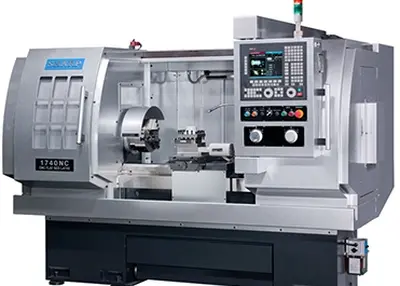 How Much is a CNC Machine?September 21, 2023The cost of a CNC (Computer Numerical Control) machine can vary widely depending on several factors, including the type of machine, its size, capabilities, brand, and whether it's new or used.view
How Much is a CNC Machine?September 21, 2023The cost of a CNC (Computer Numerical Control) machine can vary widely depending on several factors, including the type of machine, its size, capabilities, brand, and whether it's new or used.view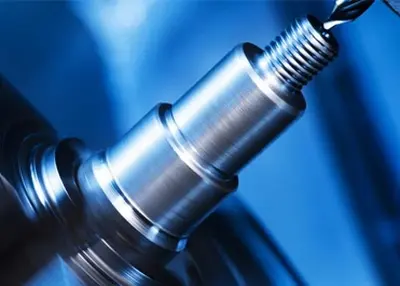 Climb vs Conventional Milling: What Are the Differences?March 20, 2024Understanding climb vs conventional milling clearly is one way to help you choose the right milling process. Here is a comprehensive guide to their differences.view
Climb vs Conventional Milling: What Are the Differences?March 20, 2024Understanding climb vs conventional milling clearly is one way to help you choose the right milling process. Here is a comprehensive guide to their differences.view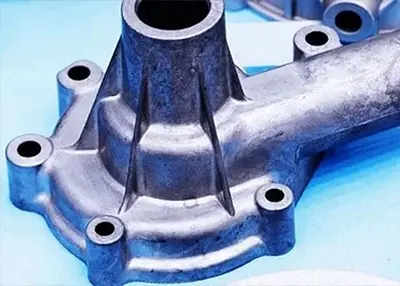 Casting Process| Exploring the 7 Types of Die CastingNovember 16, 2023Are you confused about which die casting method is suitable for you? Read this article and you will find the answer.view
Casting Process| Exploring the 7 Types of Die CastingNovember 16, 2023Are you confused about which die casting method is suitable for you? Read this article and you will find the answer.view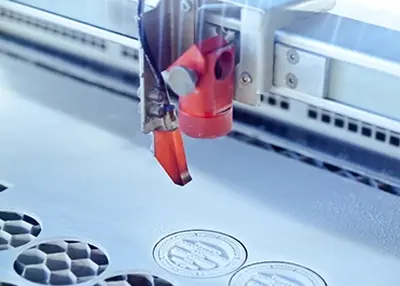 What Are Tolerances? How Are Tolerances Determined When Designing Machinery?October 26, 2023Tolerance is precise machining and design, the actual parameter values of the parts of the allowable amount of change, such as a certain part of the upper and lower limits were 100, 60, then its tolerance is 40; if the upper and lower limits were +100, -100, then its tolerance is 200.view
What Are Tolerances? How Are Tolerances Determined When Designing Machinery?October 26, 2023Tolerance is precise machining and design, the actual parameter values of the parts of the allowable amount of change, such as a certain part of the upper and lower limits were 100, 60, then its tolerance is 40; if the upper and lower limits were +100, -100, then its tolerance is 200.view